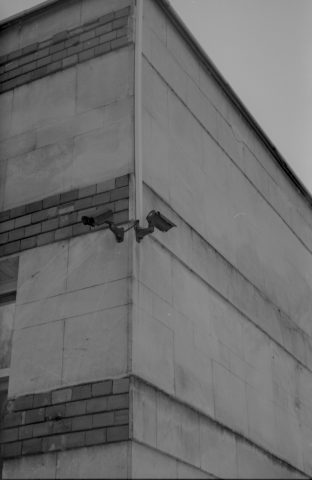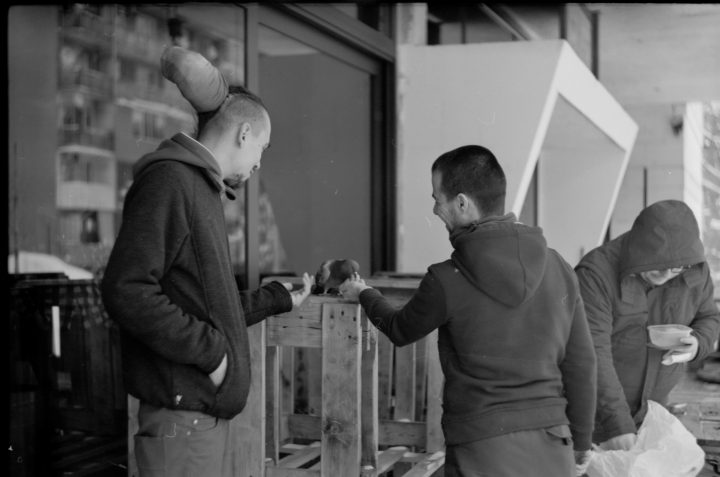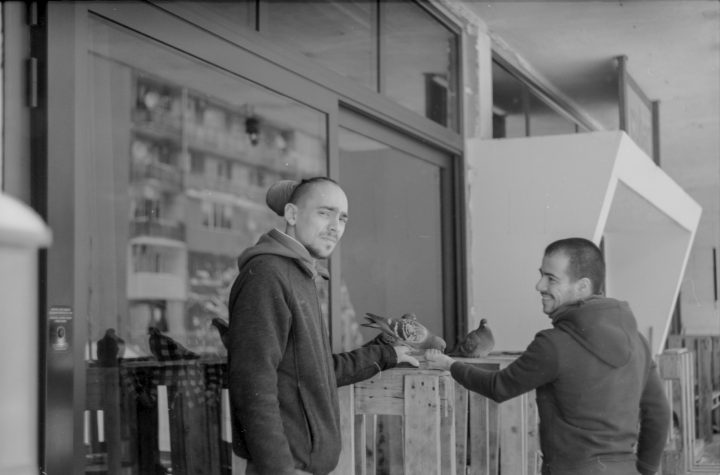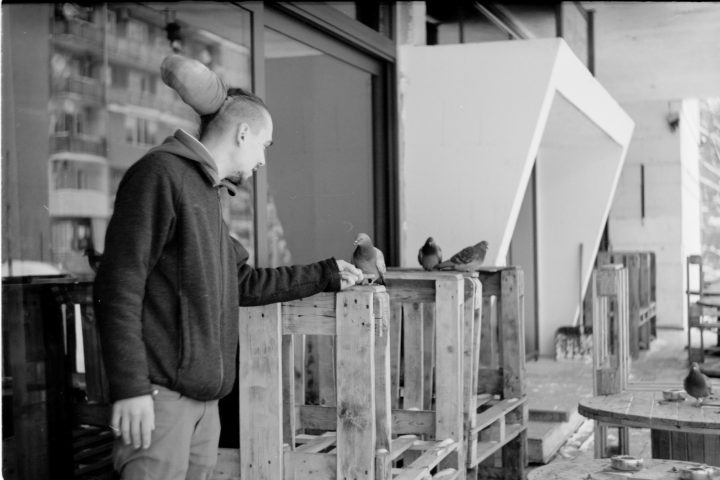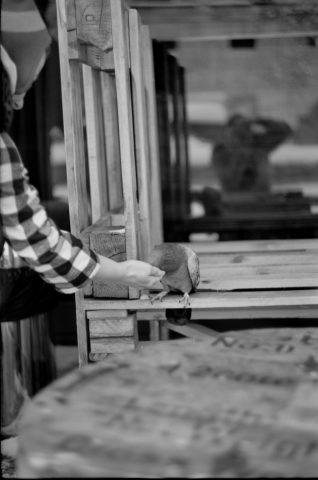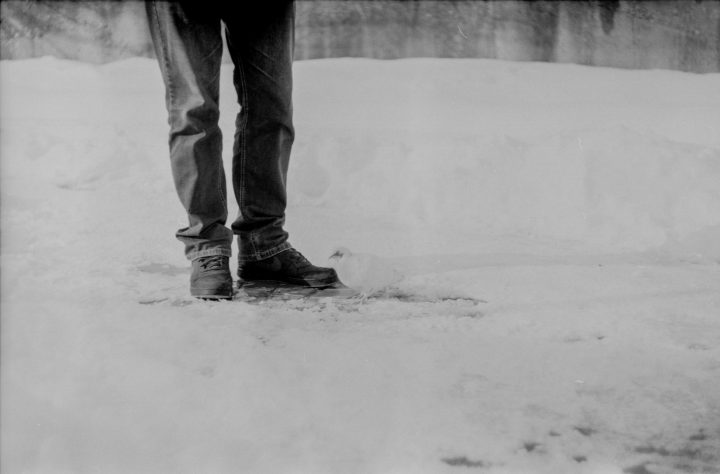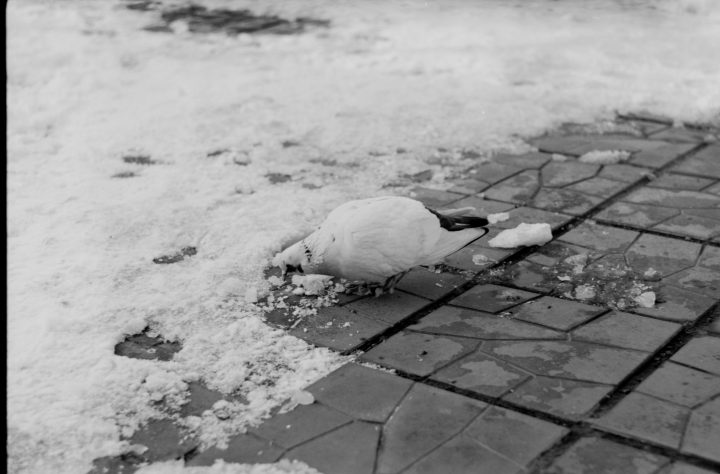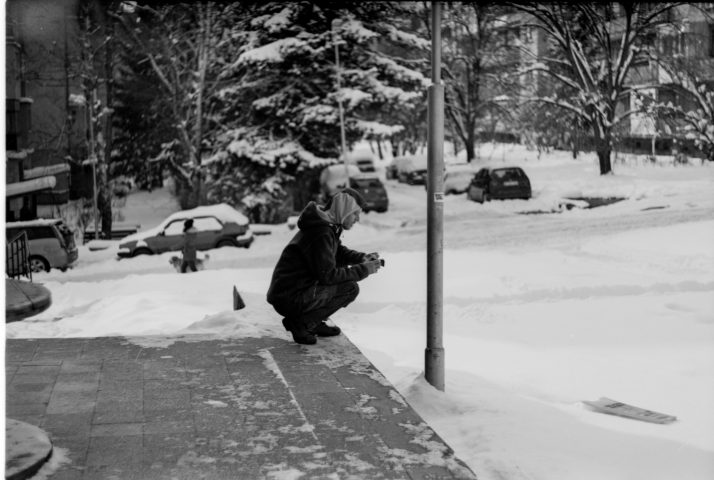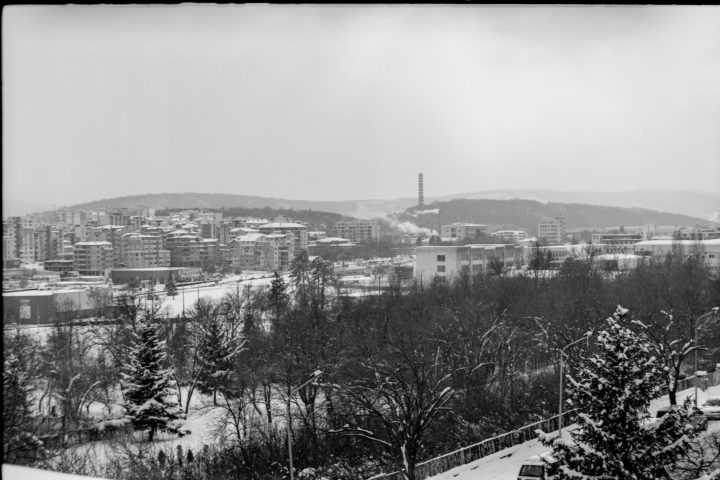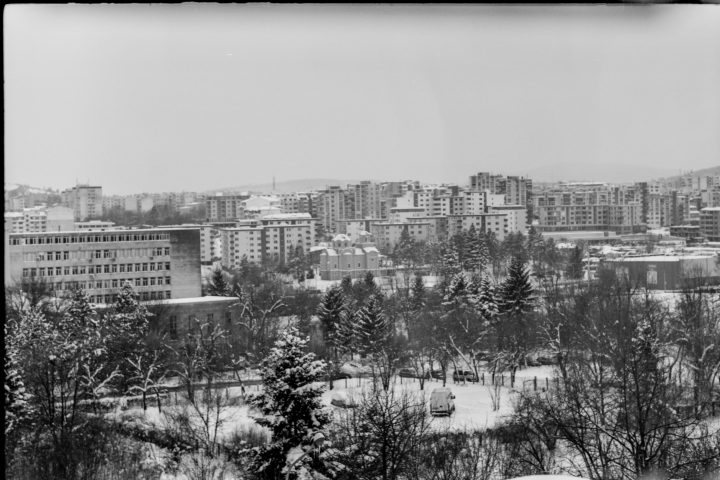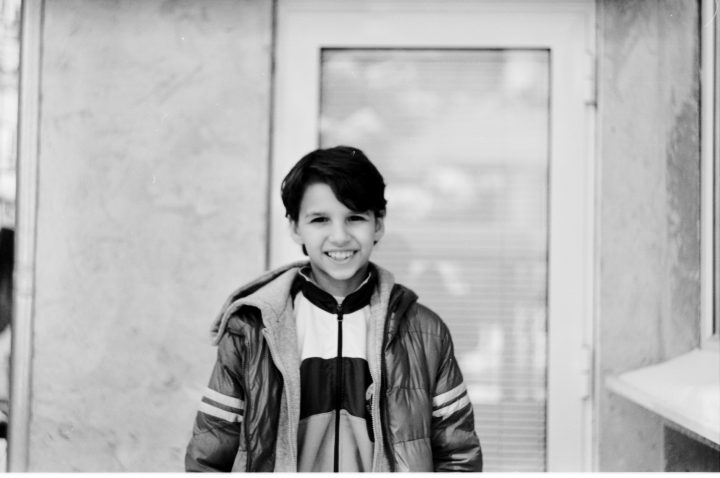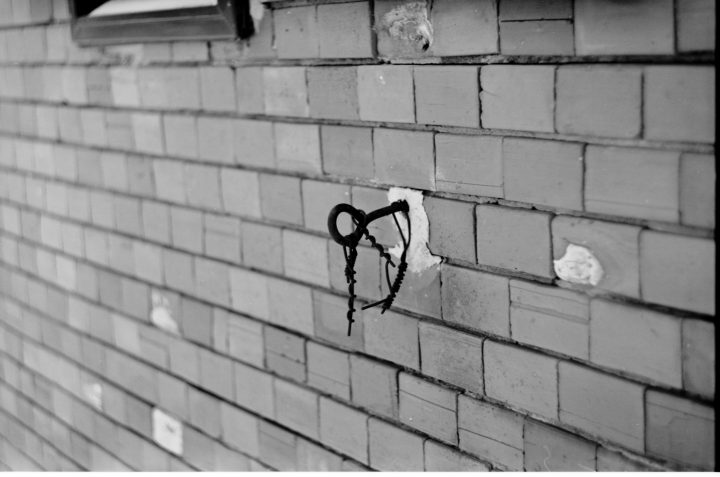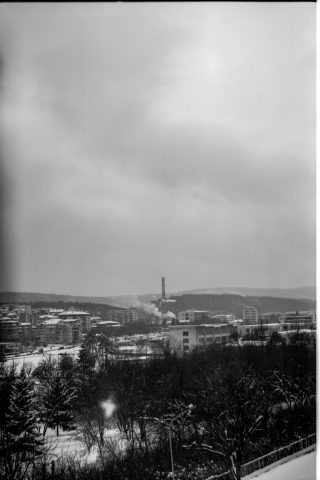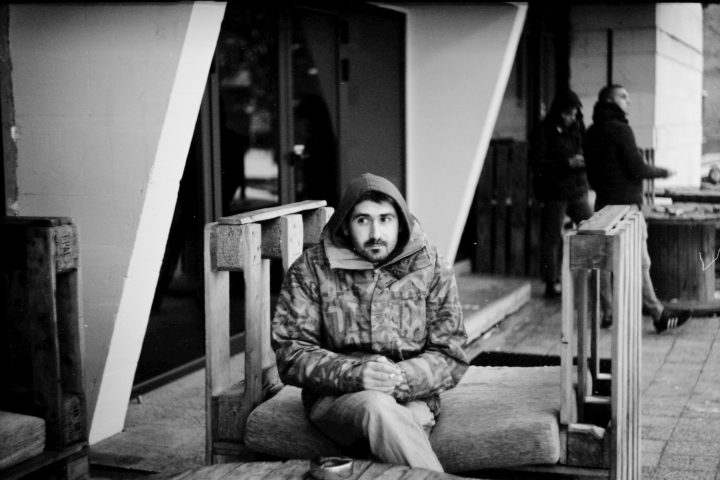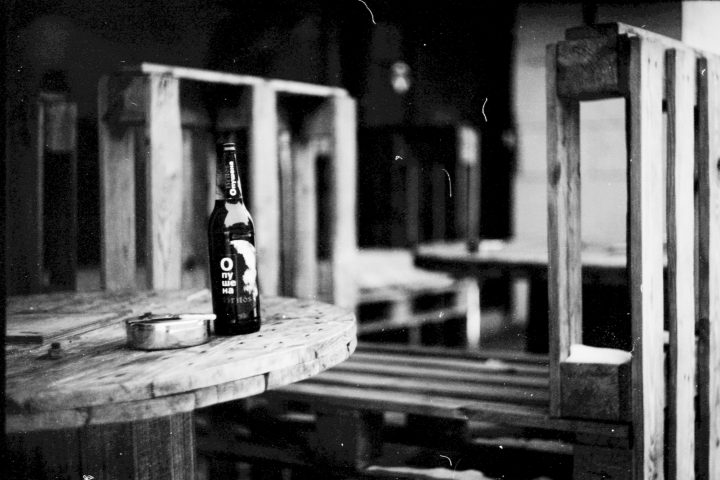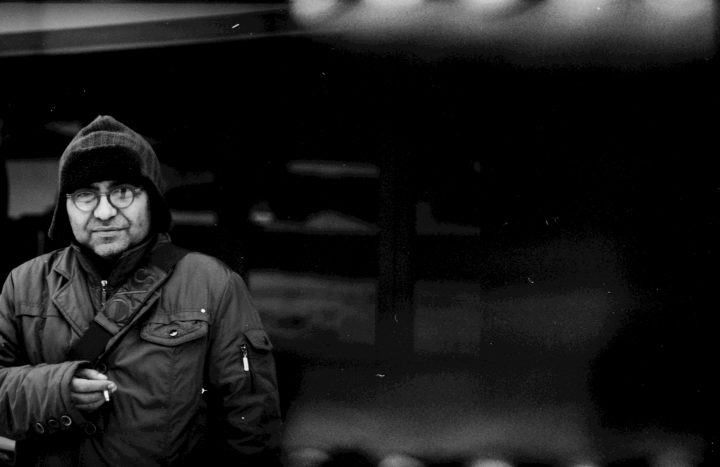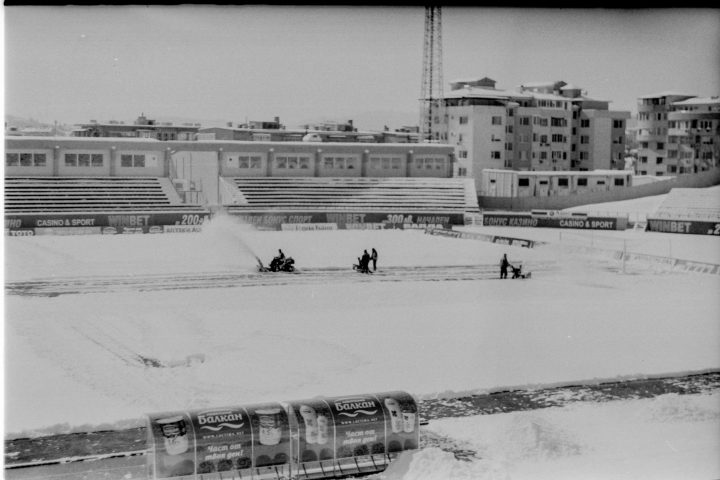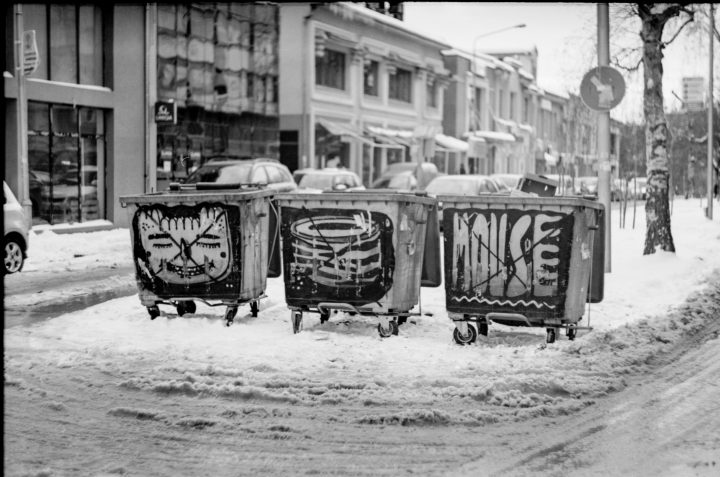Back in the 80’s most people used to have a family album comprising of black and white photos of them as babies, some birthdays in kindergarden, some odd one from first school day and some distant relative’s wedding, where their parents were best man and woman. It is an astonishingly different feeling for self comprehension compared to my children’s one where they can trace their life backwards through images almost on a daily basis til their day of birth.
Anyway. Also back in the 80’s it was a common thing to take part in a photography krajok at school. I didn’t take part in one though. However I learned that most of the photos in my photoalbum were taken and developed by my mother. Being a book loving kid I stumbled upon a small book in Bulgarian full with nice drawings, called PHOTOGRAPHY (or originally Beginner’s guide to cameras & photography / by Peter Hawksby and Jane Chisholm). I read it and loved it. Learned so much that I was suddenly fascinated to try all sorts of tricks from it. Of course it was also typical for the 80’s that every family would have one type of Smena 8M camera thrown somewhere in some box and I launched my new adventure with this.
Taking photos, bringing films to a studio for development, then hiding in the closet for the blankets with old Russian photo enhancer, jars with chemicals and pieces of ORWO paper. Long ago.
So I found it provoking to join the Powwow Club’s new Analogue Photography Krajok. It was part “bring back the old knowledge and memories” feeling as well as a chance to learn something new and try some new films and new cameras. It was also the challenge to think about composition, or “a story” or “why would anyone want to look at this shot I am taking”. Digital photography has turned us into a “snap it up” creatures – we take so many images just for the experiment or for sheer keeping of information. With the film being only 36 shots (or 38-39 in my case, for which I get slapped through the wrists, for playing a fake Gabrovets) I suddenly get pressed to think what I want to shoot, why I want to shoot it, how would that look in black and white or the other 50 shades of gray…By the way the latter is a real challenge which has gone out of the mind of most modern people. You need to think about contrast or colours when they turn into a black and white picture. Like the practically unquestionable difference between the playing kits of blue and red Sofia football teams that used to become unidentifiable on the black and white TV unless one of them was wearing white shorts…
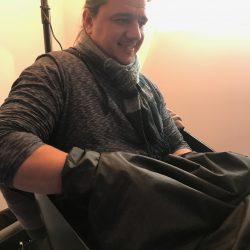
So here I was ready to take on the new old experimenting curve. This time though I was using a Zenith -ET. A camera left from my late brother-in-law, which I had used last in 2002 with some colour film and which I remember made some fantastic photos for its time. Never processed them myself though. I even found the old book that I mentioned and reread it again.
The camera was still in good shape and I loaded it with a Rollei Retro 80 film. I was eager to finish it fast, yet didn’t want to just waste photos shooting nothing. Managed to finish the film in about a week. One thing I noticed was that there is something shaky in my Helios 44-4 58mm lens and thought this comes from the wear of time. I noticed that when I press the shatter button my focus does move. I was almost done with the film when I suddenly realised that all this moving is down to some screws on the inner side of the lens being completely loosen and almost falling apart. I fixed them and the lens became back solid and smooth. This made me feel frustrated as I thought that all my photos are probably spoiled through that move and maybe even some light have sneaked in the box.
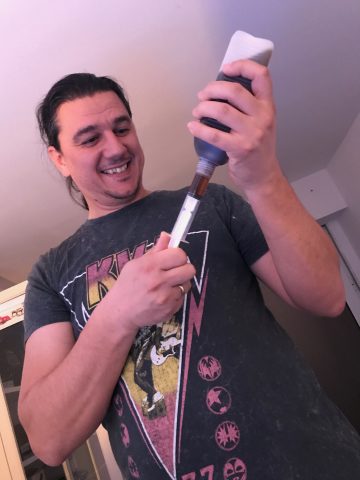
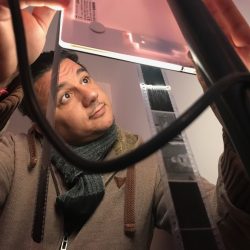
I had never developed a film. Back in my school days I was told this is too expensive and more difficult to do at home so I left this thing to the guys in the studios (which were a lot at the time and almost non existent nowadays). So I was feeling kind of nervous, but at the same time excited to try film development myself. Being a young padowan I sank all my Master Popo’s instructions and advise and managed to actually unload the film and put it in the box for development without big accidents. Then it was the waiting for these chemicals to work their magic, which seemed like forever. And at the end – Oh Joy! Negatives were there. Of course I found out there were quite a lot of wasted pictures, but still it was kind of comforting feeling that I could see some ok-ish images.
Bellow are some of the first tries. I took immediately a new film – this time Ilford FP4 Plus 125 and later on I tried a Kodak 100 tmax, but for this I haven’t seen the photos yet and will write more later.
